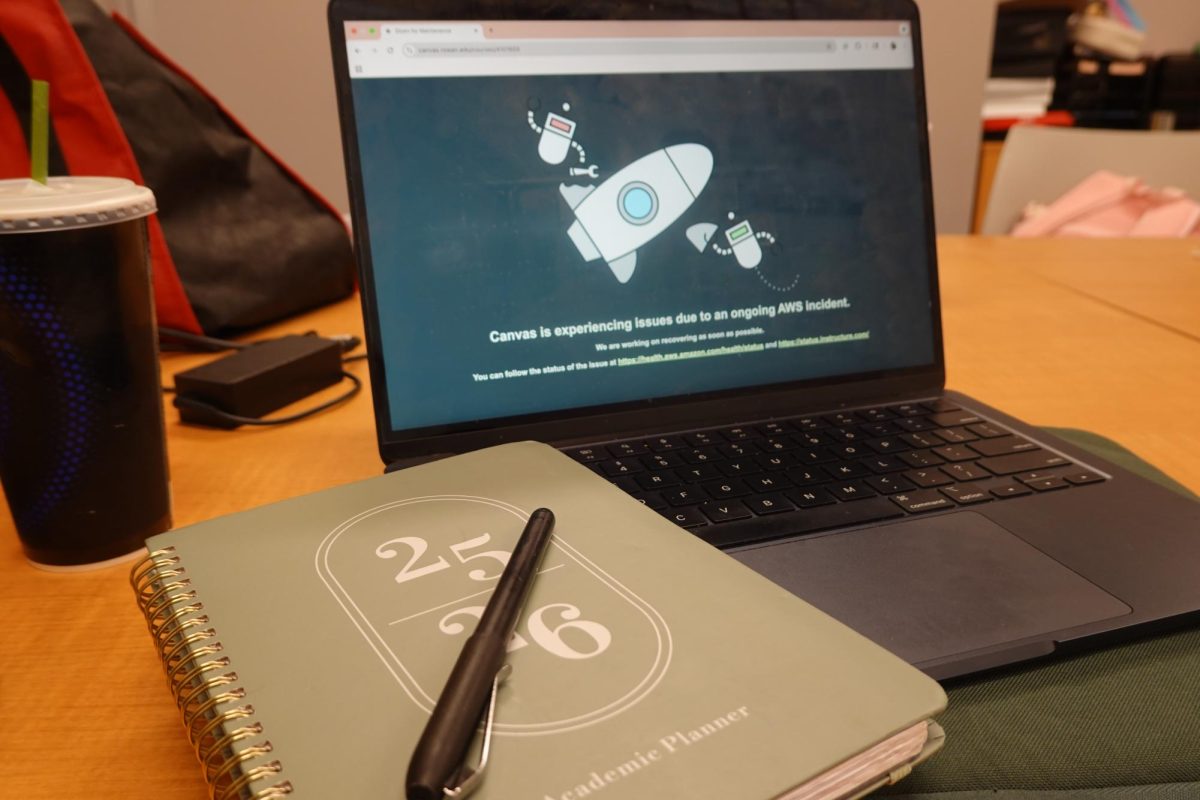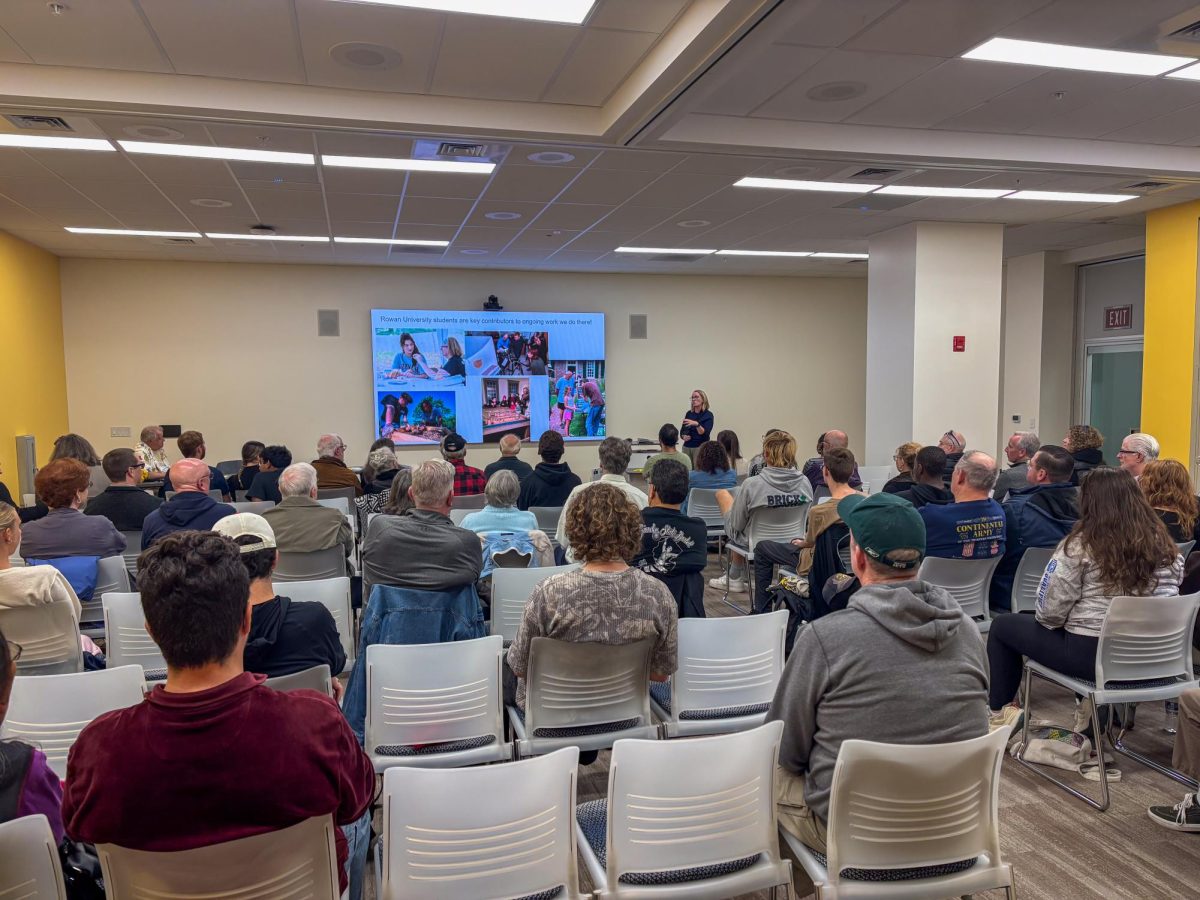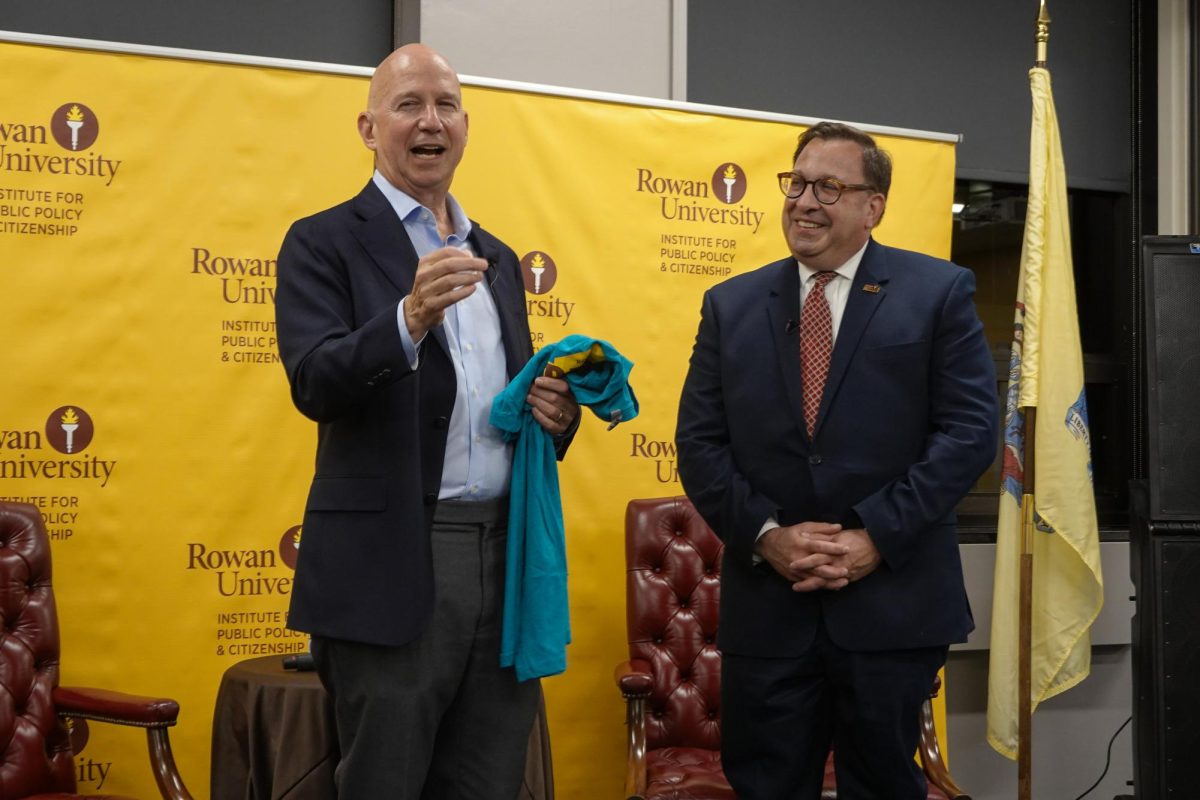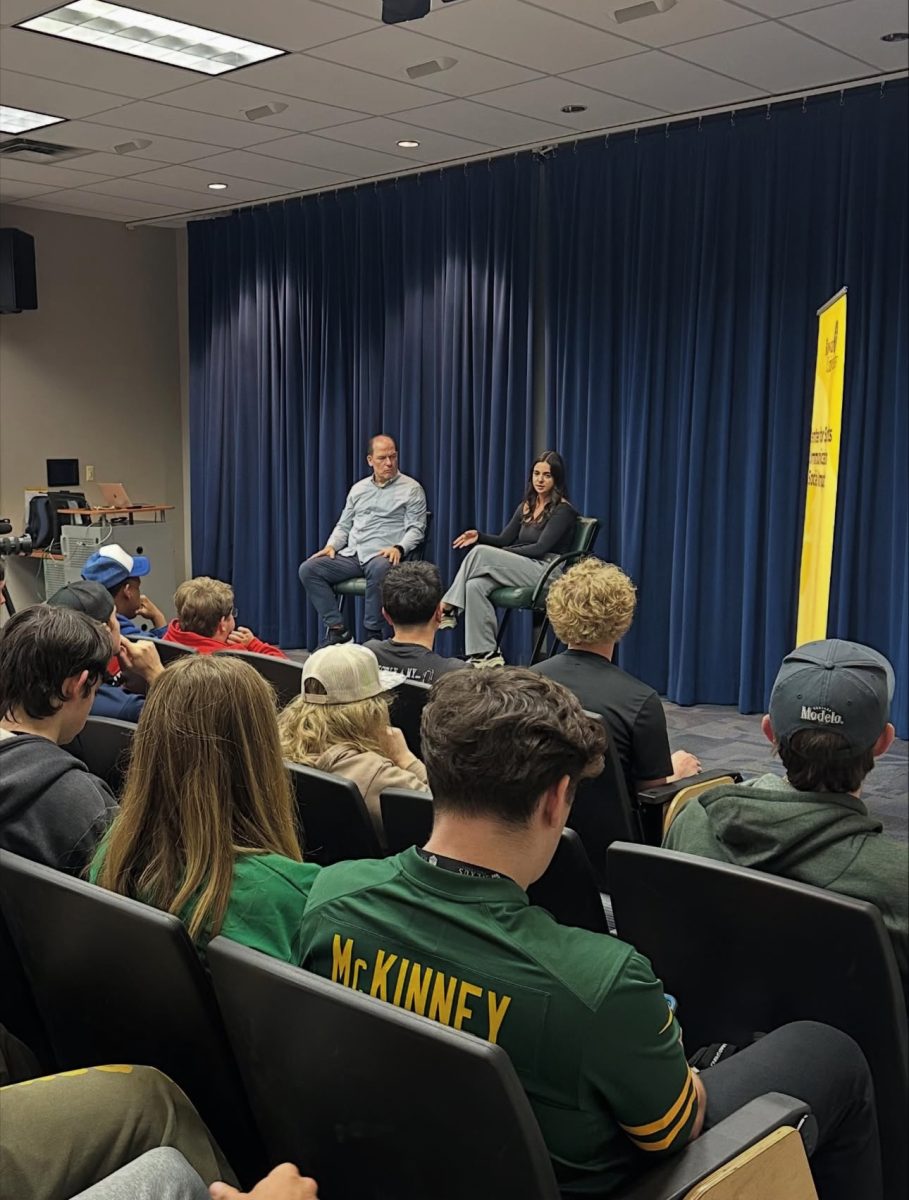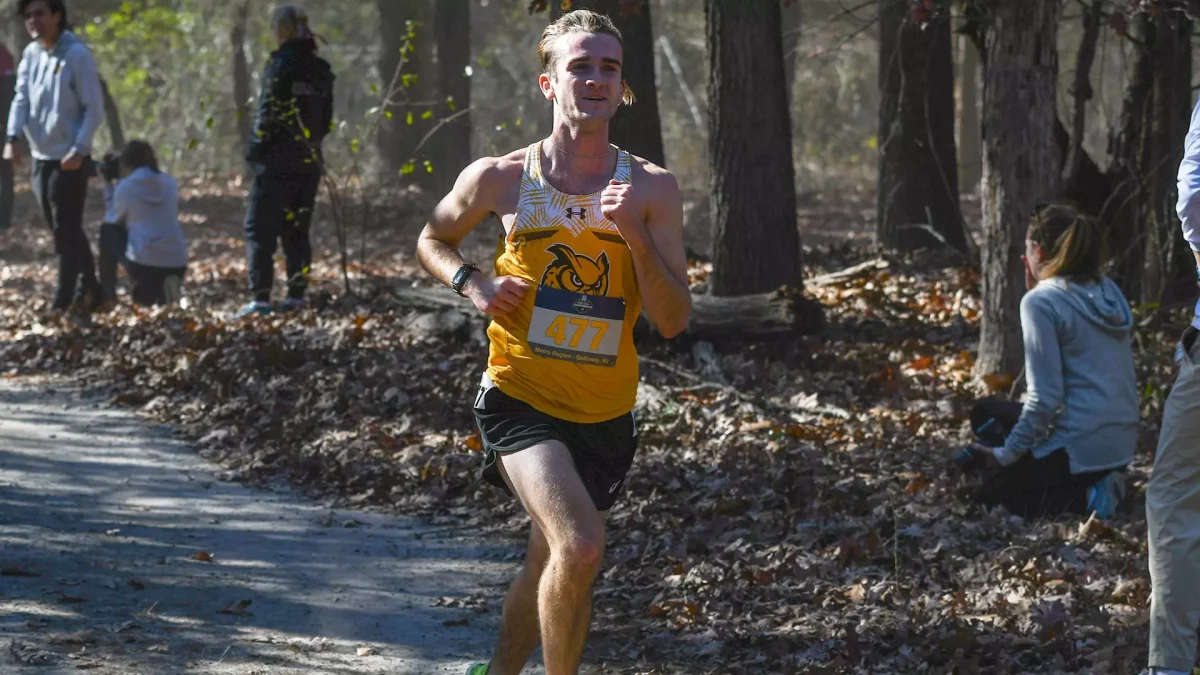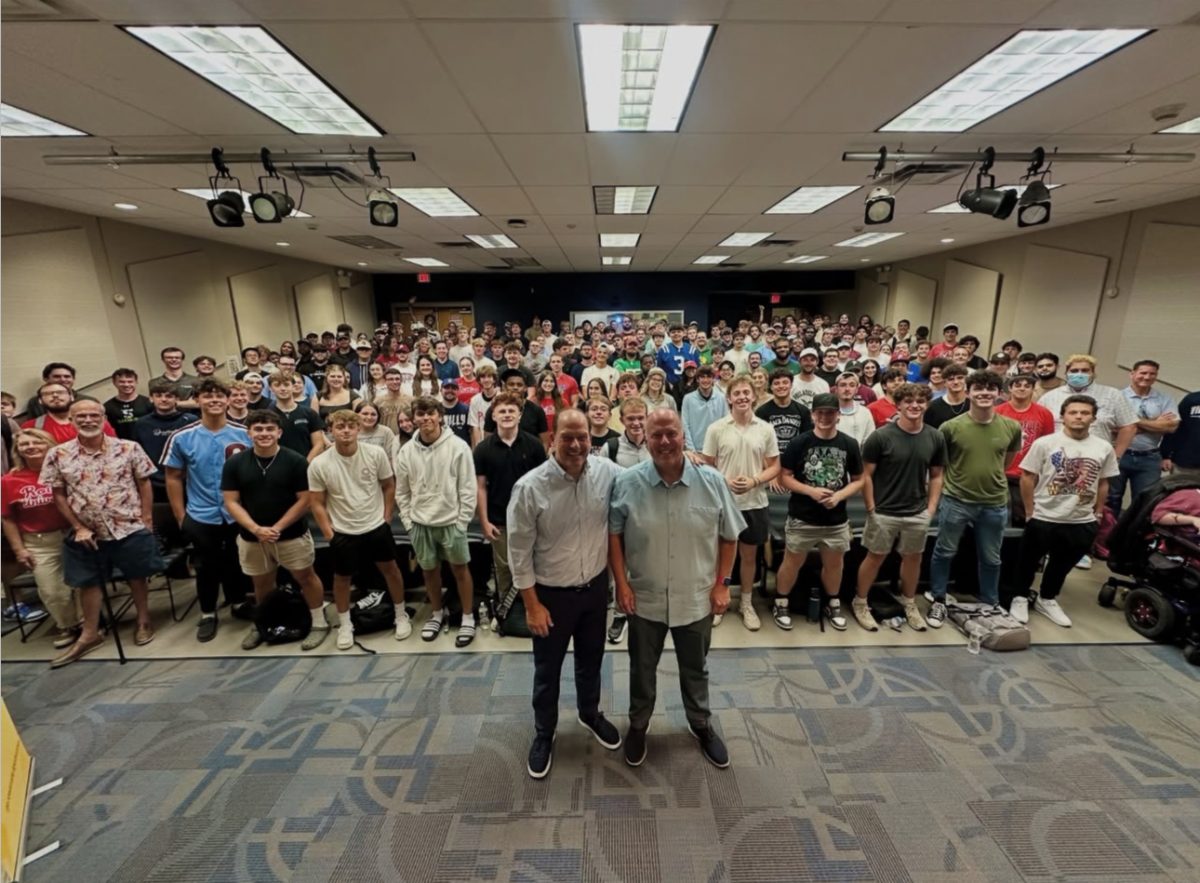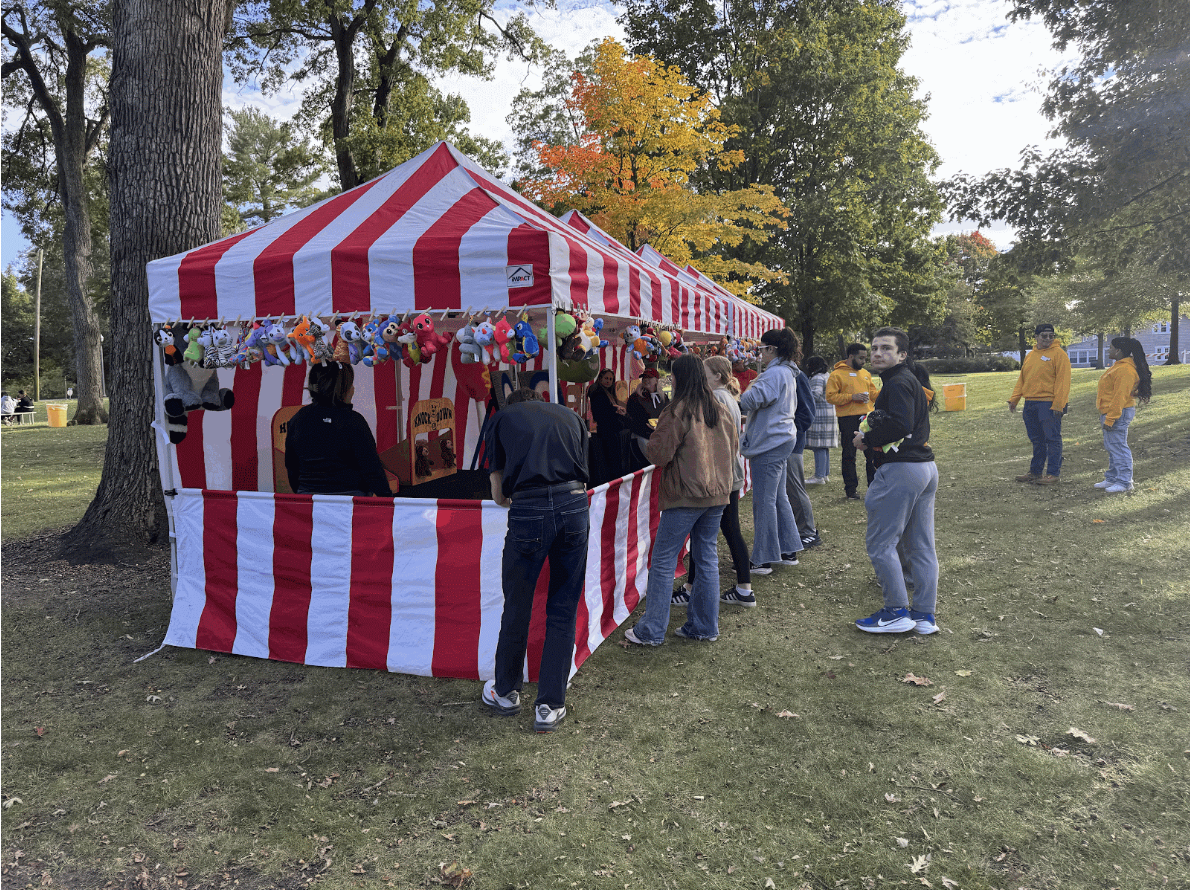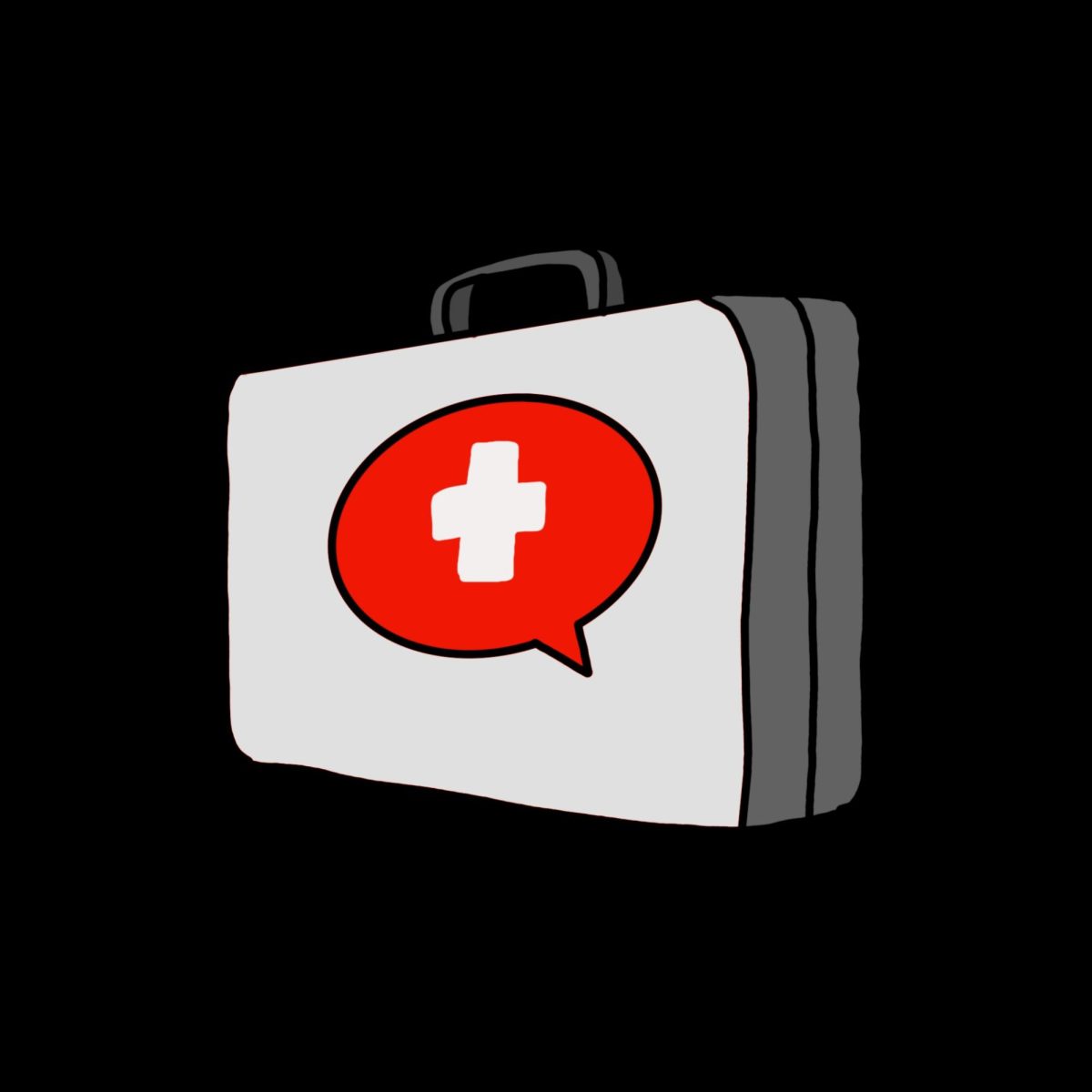I am what the medical world would call a layperson. I have not studied medicine, I don’t intend to study medicine, and my knowledge of the medical field is limited. That said, I love watching documentaries about disease, infection, the history of certain illnesses, and more. I read scientific articles about all manner of sickness for fun. I’m like one of those people invested in true crime podcasts, but it’s a different kind of serial killer.
This morbid curiosity spans the range of human health, and at one point happened to land on a finicky thing called prion diseases.
I won’t go too in-depth on prion diseases, but at their core, they are incredibly scary–and extremely rare. It’s when a protein in your body misfolds and winds up causing a domino effect that results in the proteins in your brain also misfolding. This is called spongiform encephalopathy, and the end result is death.
Prion disease in humans is known as Creutzfeldt-Jakob’s Disease (CJD) and all told impacts an incredibly small amount of people worldwide each year–about 350. To spend your time worrying about prion disease is about as irrational as worrying about getting into a plane crash, which as of 2022 claimed 358 lives.
So, there was a reason I thought that prion disease was something to be worried about. I even had a title all planned out for this article: “Prion disease, the most concerning thing you’ve never heard of.” I genuinely believed that people should be on the lookout for CJD.
This is because prion disease is on the rise in deer populations. The name of this illness is chronic wasting disease (CWD), and it’s named this because the top symptom is emaciation. Deer forget to eat, become skeleton-like, uncoordinated, and have trouble swallowing. I remember that when I saw that wasting disease was on the rise, I immediately began checking to see if it was transmissible to humans.
I read accounts that Creutzfeldt-Jakob’s cases were reported in Michigan and that a man in Wisconsin who died of CJD had eaten venison infected with wasting disease.
But that was all a lie. People in Michigan and Wisconsin died of CJD, but not because they ate infected deer meat. There is no evidence that CWD from deer can be transmitted to humans. None.
A study by the National Institutes of Health conducted between 2022 and 2023 literally put lab-grown human brain cells in a container with high concentrations of CWD prions from various deer species, and guess what? Nothing happened.
Prion disease is scary, and the outcomes are tragic, but to feed into the fear of something that poses no current risk to humanity is unethical, infectious disease enthusiast or not.
So, the next time you learn about something alarming, be it a new type of prion disease, a rising temperature, or economic woes, take a second. Step back from your phone or computer, and steel your nerves and anxieties. Then, do your due diligence. Is what you read true? Do other trusted sources corroborate your fears? Have any studies or research been done to prove public worry is more fad than fact?
I am a pretty thorough person. I felt like I had all the facts, but researching for this article I found out I didn’t. As a college student, you would expect that realization to be a common occurrence, but with the rise of AI and software that “intelligently” summarizes and recreates the language it scans (whether or not it comes from reputable sources) we can expect more and more mistakes like mine, with less and less retraction.
An easy solution for college students is to check out your college’s online library. Chances are you have a wealth of knowledge at your fingertips. Rowan is no exception, with access to 548 databases where you can find accurate, reliable information, rather than the he-said she-said of headlines and social media. You can even read up about prion disease if you’d like.
Now, after fact-checking myself, I’m here to tell you that chronic wasting disease poses no risks to humans, but it does to deer populations, including white-tail deer in Pennsylvania. Thus far, New Jersey is CWD-free thanks to efforts from the New Jersey Department of Fish and Wildlife, and I encourage you to learn about these efforts.
Deer have habitats all around South Jersey, and it’s not unlikely that you may see one on campus. Chances are, that deer will be perfectly healthy, if a bit wary of humans. But if it appears to be emaciated, acts strange, and seems unafraid of people, go ahead and give the NJ Department of Fish and Wildlife a call. Help keep New Jersey CWD free!
For comments/questions about this story DM us on Instagram @thewhitatrowan or email [email protected]




